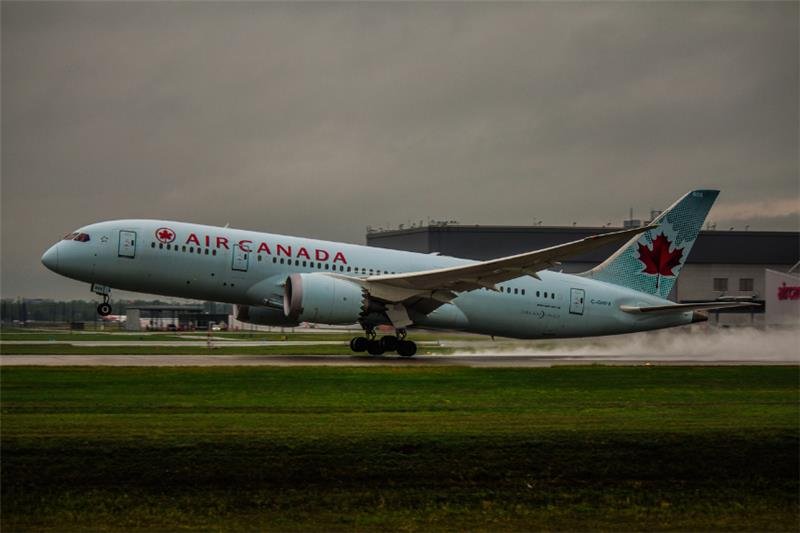Air Canada has resumed its flight operations after a prolonged dispute with its flight attendants’ union, making the return to work mandatory despite a federal order. More than 10,000 cabin crew members are on duty after returning to work in the early hours of Saturday, which involved more than 700 flights in Canada and globally.
The Canadian government called for emergency measures to restore operations, instructed employees to work by 14:00 EDT. However, the Canadian Association’s public employee (CUPE) called upon the members to continue striking, accusing the federal administration of “corporate pressure” yielding.
Air Canada announced that the operation is now expected to start slowly from Monday, although some services will be suspended for the next 7-10 days.
Why did the strike start?
Labor dispute centers over wage concerns and unpaid work hours. Flight attendants argue that they are worth high compensation and payment for the time spent on the ground, including boarding and pre-flight duties, mainly unpaid under the current terms.
The conversation has increased for eight months without resolution. Although Air Canada offered an increase in total compensation in four years-included a 25% increase in the first year, cited the offer in the first year, citing inflation and below-market rates, Cart considered the offer inadequate. Here is the link to our article on the Air Canada Disruption
What Was the Government’s Response?
In an effort to maintain air traffic and economic stability, the federal government initiated binding arbitration using Section 107 of the Canada Labour Code. This move legally extends the previous collective agreement and mandates a return to negotiations with a government-appointed mediator.
The decision has sparked backlash from the union, which argues that their charter rights are being violated. According to union leaders, the government’s involvement undermines their ability to secure long-term improvements and only delays deeper issues.
What Is the Impact on Passengers?
The airline has urged travelers to avoid heading to the airport unless they have confirmed alternate arrangements. The strike, which affects both mainline flights and those under the Air Canada Rouge brand, has disrupted travel plans for thousands of customers.
Affected passengers were seen at major Canadian airports attempting to rebook flights or seek refunds. Though Air Canada plans to gradually restore services, it warns that delays and cancellations may persist for several more days. Here is the link to our article on Boeing Strike Looms.
What is further for Air Canada and its workers?
Despite the federal intervention, the tension between Air Canada and its cabin crew is high. The Sangh has reiterated its commitment to fair talks, claiming that the company has refused to bargain in good faith.
More than 99% of the union members voted in favor of the first strike; it is clear that the workforce is integrated. Representatives of the union emphasize that the underlying struggle without resolution will continue, even if the flights start temporarily.
Final Thoughts
The ongoing Air Canada strike underlines the increasing tension between labor and corporate management in Canada’s aviation sector. While flights can start gradually, long-term stability rests on reaching a fair, transparent agreement that respects workers’ rights. The government’s intervention may offer short-term relief, but only meaningful dialogues can ensure permanent peace in the sky.








